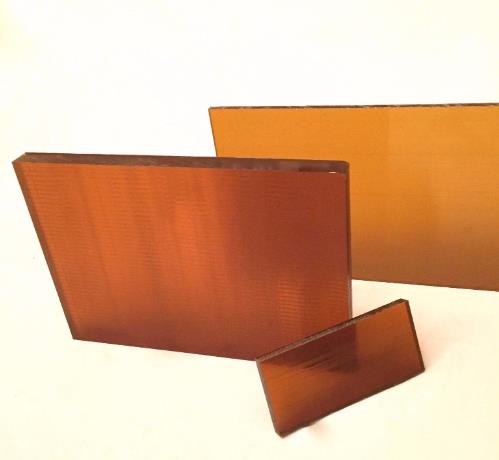Ultem is a registered trademark of SABIC, a global manufacturer of high-performance thermoplastics. There are different types of Ultem available, but the most common ones are Ultem 1000, Ultem 2300, and Ultem 9085. Ultem 1000 is an unfilled grade that offers a balance of strength and stiffness, making it ideal for structural components. Ultem 2300 is an impact-modified grade with improved toughness and ductility. It’s suitable for parts that require high impact resistance such as electrical components and transportation industries. Ultem 9085 is a flame-retardant grade that meets FAA regulations and is often used by aerospace manufacturers.
Ultem materials offer many unique properties that make them stand out among other thermoplastics. One of the most significant advantages is their high heat resistance. Ultem can withstand continuous temperatures of up to 170°C and short term peaks of up to 210°C. This makes it perfect for applications that experience high temperatures, including automotive, aerospace, and medical industries. Additionally, Ultem has excellent chemical resistance, including resistance to acids, bases, and some solvents. This property makes it ideal for applications that require exposure to harsh chemicals.
There are many available processing methods for Ultem, including injection molding, CNC Machining, extrusion, and thermoforming. Injection molding is the most common method as it offers high production rates and low cost per part. It’s ideal for manufacturing high-quality, intricate parts with a high level of consistency. Extrusion and thermoforming are also suitable for producing larger parts with complex geometries. These methods are used in applications such as semi-finished products, electrical insulation parts, and aircraft interiors.
Ultem is used in a wide range of industries, from automotive to aerospace to medical applications. In the automotive industry, manufacturers use Ultem to create engine components, lighting systems, and interior parts. In aerospace, Ultem materials are used in aircraft interiors, avionics, and structural components. Medical device manufacturers use Ultem for surgical instruments, orthopedic implants, and sterilizable instruments. Ultem has also shown great advantages in electrical and electronics applications.
In summary, Ultem type, material properties, processing methods, industry, and parts application are essential factors in choosing the right thermoplastic for high-performance products. Understanding these properties will help designers, mechanical engineers, and buyers make informed decisions when choosing the appropriate material for their applications. Ultem offers many benefits in terms of properties and processing, and it’s widely used in numerous applications across multiple industries.
